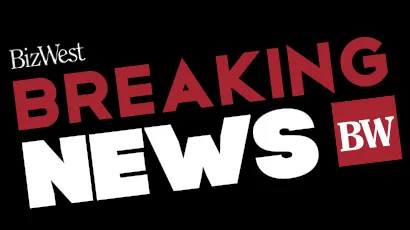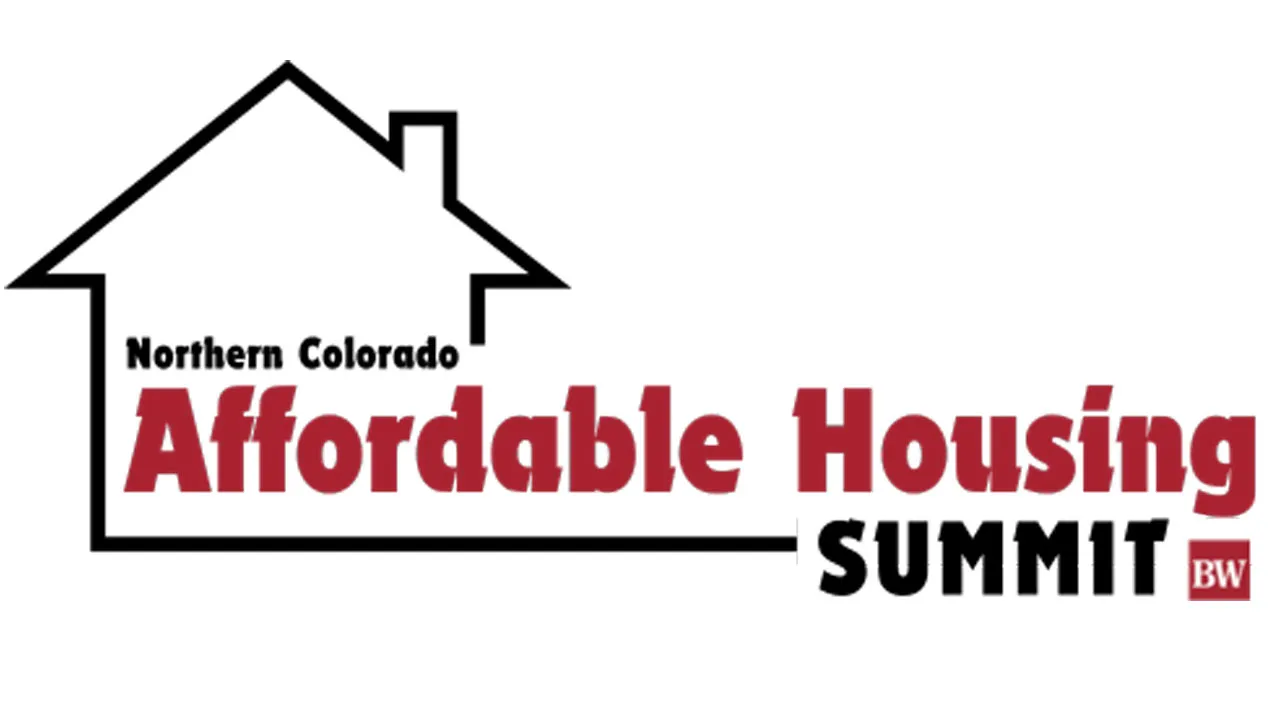District officials push vote on passenger rail to 2026

Tasked with creating a passenger rail line from Fort Collins to Pueblo, the Front Range Passenger Rail District has pushed a ballot issue seeking voter approval on financing to 2026 to allow for further planning and study. The group also approved a resolution to study nine markets in which to build primary rail stations.
“About 5 million people live and work on the Front Range, and in the next 25 years, 3 million more are expected to join them,”Chris Nevitt, Front Range Passenger Rail District board chairman, said in a press release. “Today, the case is clear for the benefits of safe, reliable, convenient passenger rail service connecting our dynamic Front Range cities. As fiscal stewards, we want to take every opportunity to lower costs, quantify value and reduce uncertainty before we come to the voters for their support and approval to deliver the train.”
From beginning to end, the entire line is expected to cost $3.2 billion, planning for which, and communicating to the public might be a little tougher without more time to plan and ensure funding sources. Rail service is expected to go into operation within the next 10 years. In April, the district polled residents on the rail service.
SPONSORED CONTENT
“Poll results show that a majority of voters in Colorado support a sales tax to fund intercity rail service connecting Front Range communities,” Andy Karsian, Front Range Passenger Rail District general manager, said in the release. “We believe voter support will grow as we continue to demonstrate the strength and rigor of the financial plan, collaborate with local governments for the nine station locations and engage with stakeholders. Going to the ballot in 2026 allows for the necessary time needed to accomplish this.”
The group approved nine major preferred markets for primary stations: Fort Collins, Loveland, Longmont, Boulder, Denver, Littleton, Castle Rock, Colorado Springs and Pueblo. These markets are all in major population centers of at least 55,000 people within a 5-mile radius. Choosing the major markets doesn’t preclude secondary market options for rail stations. District officials discussed adding a station in Westminster as an amendment to their major market choices, but they overwhelmingly shot it down.
The news release stated that in the next year, district officials will complete a service development plan, an in-depth technical study of routes, stations, infrastructure, operations, costs and financing, ultimately culminating in a preliminary service plan. The plan will help answer questions such as:
- What train routes, stops, frequency, fares and amenities will deliver the level of service that community members want?
- What infrastructure work and financial support are needed, when and where?
- How can existing rail infrastructure, community partnerships and transit connections – like light rail or bus systems, pedestrian walkways or bicycle lanes – help create a passenger train service people are excited to ride?
Completing the Service Development Plan is a requirement for many sources of federal funding the District plans to tap, along with state funding resulting from bills passed by the Colorado General Assembly this past session, the release stated. Local funding, such as sales tax revenue, is required to access certain federal sources of matching funds and is necessary to ensure the project’s viability and sustainability, the release stated.
Tasked with creating a passenger rail line from Fort Collins to Pueblo, the Front Range Passenger Rail District has pushed a ballot issue seeking voter approval on financing to 2026 to allow for further planning and study. The group also approved a resolution to study nine markets in which to build primary rail stations.




